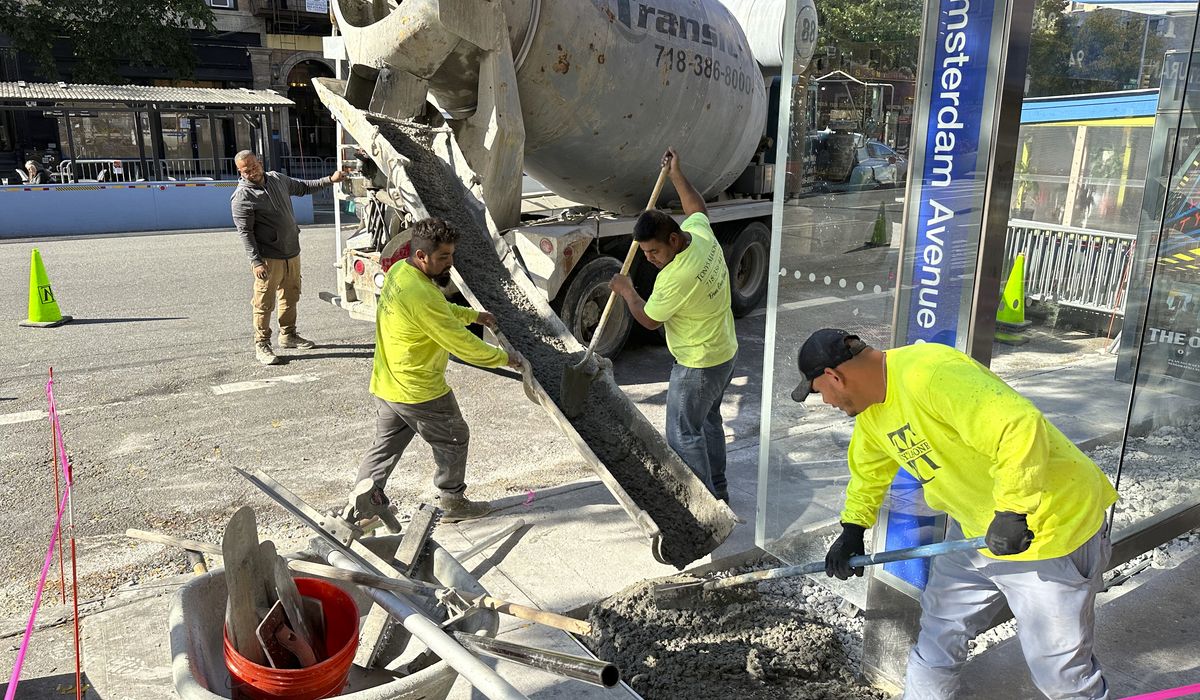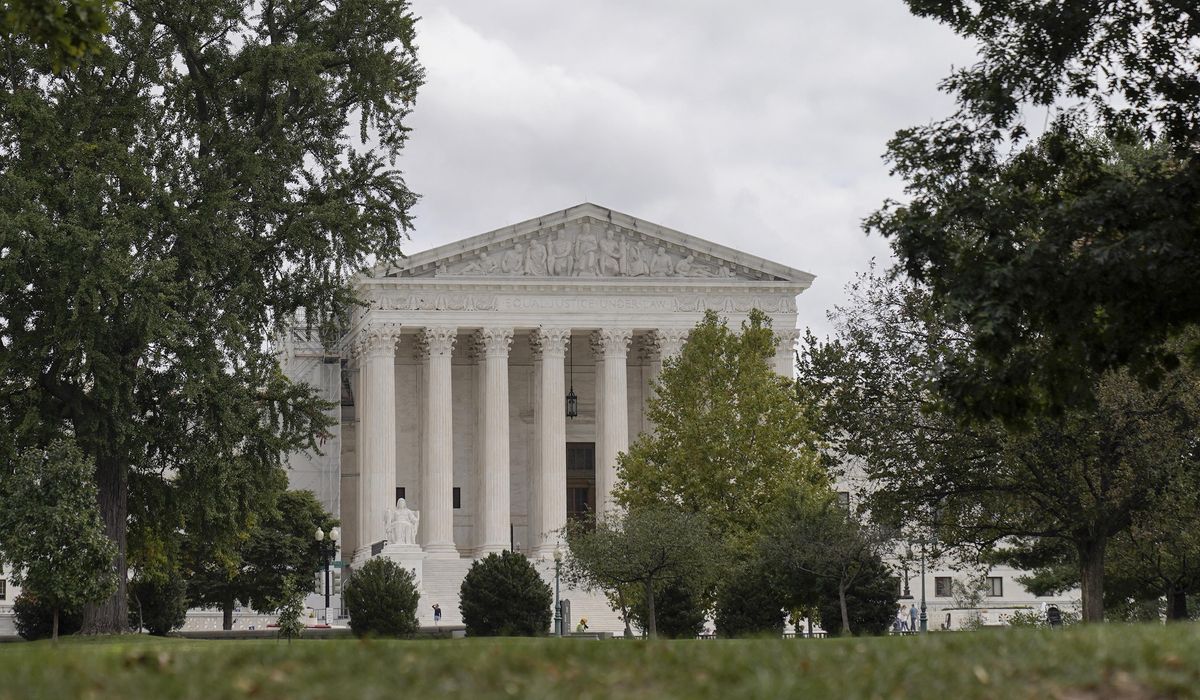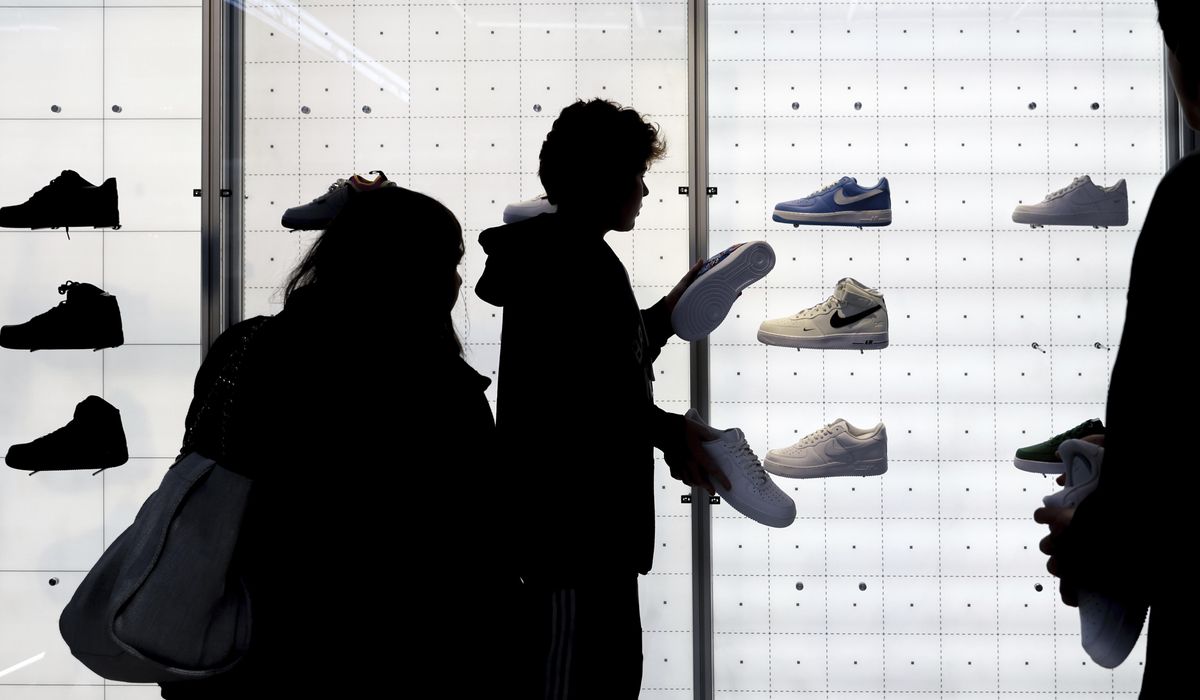Employers in the U.S. Hire 150K Despite Rising Borrowing Rates in October
November 3, 2023 | by Kaju

The nation’s employers added 150,000 jobs in October, indicating that the labor market remains strong even with economic uncertainties and higher interest rates that have made borrowing more expensive. While this job growth was lower than September’s robust gain of 297,000 jobs, it still suggests that many companies are actively looking to hire and that the economy remains resilient.
However, economists believe that the United Auto Workers’ strikes against Detroit’s automakers likely reduced October’s job gain by at least 30,000. These strikes recently ended with tentative settlements that offered improved pay and benefits to the union’s workers.
Furthermore, the unemployment rate rose from 3.8% to 3.9% in October. Wage pressures continue to ease, with average hourly pay increasing by 0.2% from September and 4.1% from the previous year. The year-over-year wage increase was the lowest since June 2021, and the month-over-month rise was the smallest since February 2022.
The Federal Reserve is closely monitoring economic data to determine whether to raise its key interest rate further to combat inflation. The recent slowdown in pay increases and job growth could influence the Fed’s decision, signaling that inflation pressures may continue to ease and additional rate hikes may not be necessary.
Despite the Fed’s efforts to cool the economy with interest rate hikes, the U.S. job market has remained strong and has contributed to consumer spending, which is a key driver of the economy. Employers have added an average of 225,000 jobs per month over the past three months.
However, there was a decrease of 201,000 people in the labor force in October, the first drop since April. This may disappoint the Fed, as more people entering the workforce over the past year have made it easier for companies to find workers and reduced pressure for wage increases and higher prices. The Fed aims to calibrate its key interest rate to control inflation, support job growth, and prevent a recession.
The combination of a solid economy and decelerating inflation has raised hopes for a “soft landing,” where interest rates can be raised enough to tame inflation without causing a recession. Additionally, the influx of people into the job market has reduced the pressure on companies to raise wages.
The Fed’s recent decision to leave its benchmark rate unchanged for a second time gives policymakers time to assess the impact of previous rate hikes. While many economists believe that the Fed is done raising rates for now, Fed Chair Jerome Powell cautioned that if the economy overheats or tightness in the labor market fails to ease further, it could justify additional rate hikes.
RELATED POSTS
View all


